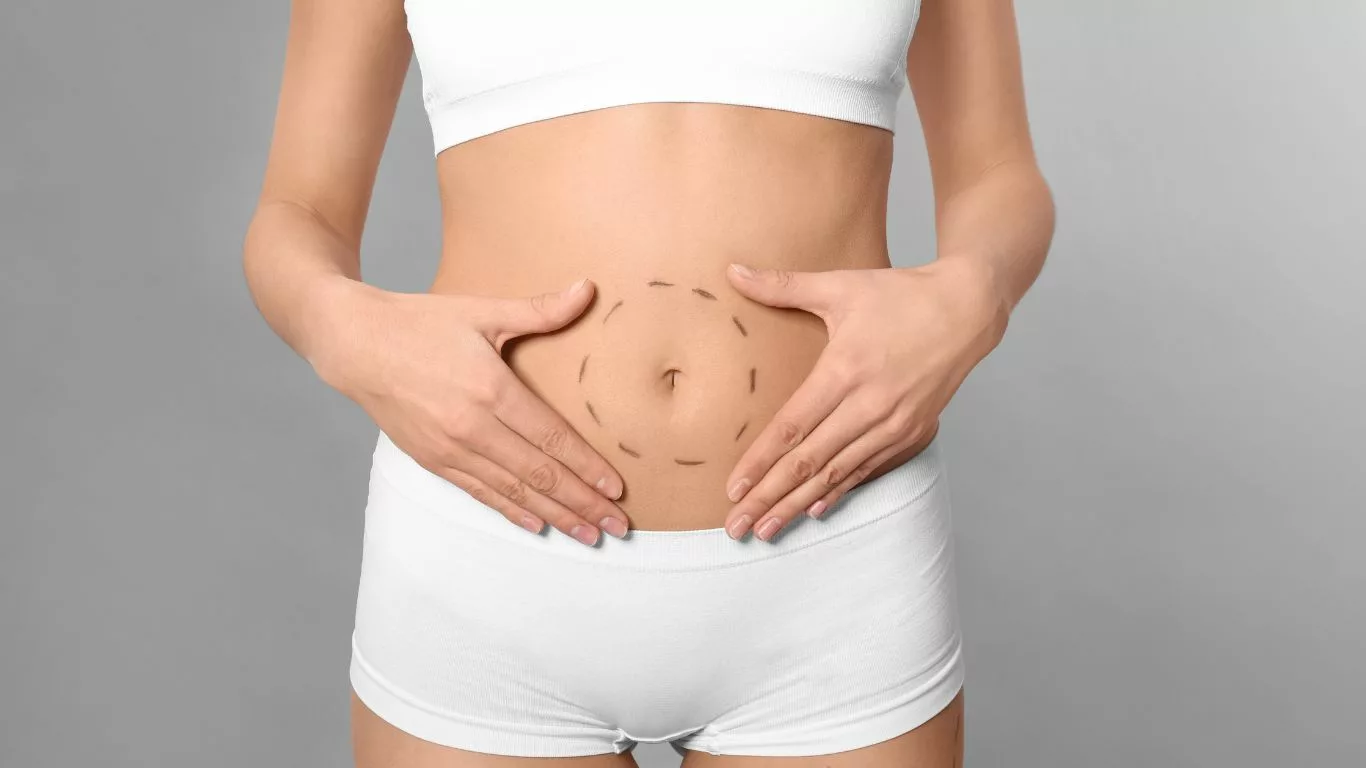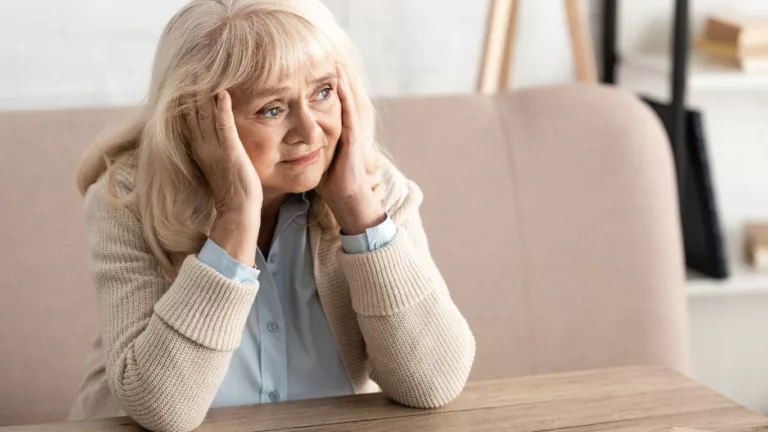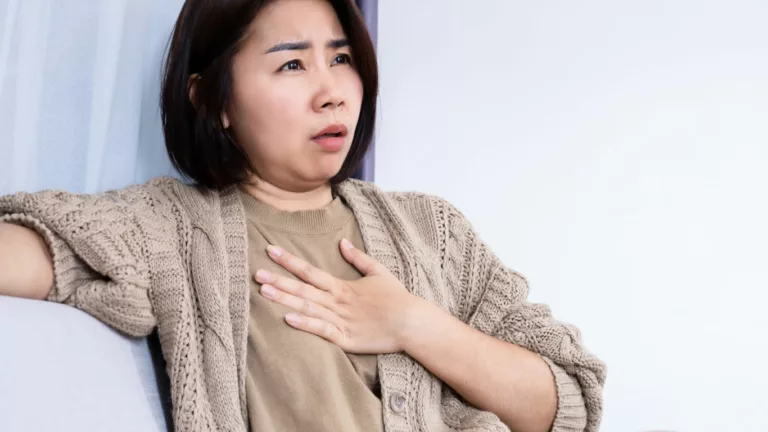Understanding Liposuction and Tummy Tuck Procedures
Explore the nuances of liposuction and tummy tuck procedures, including benefits, risks, recovery tips, and considerations in our detailed guide.
Cosmetic surgery offers transformative possibilities for individuals seeking to enhance their body contours. Among the most popular procedures are liposuction and tummy tuck (abdominoplasty), each designed to address specific aesthetic concerns and deliver desired results. This comprehensive guide delves into the details of these procedures, highlighting their methodologies, benefits, potential risks, and crucial considerations for prospective patients.
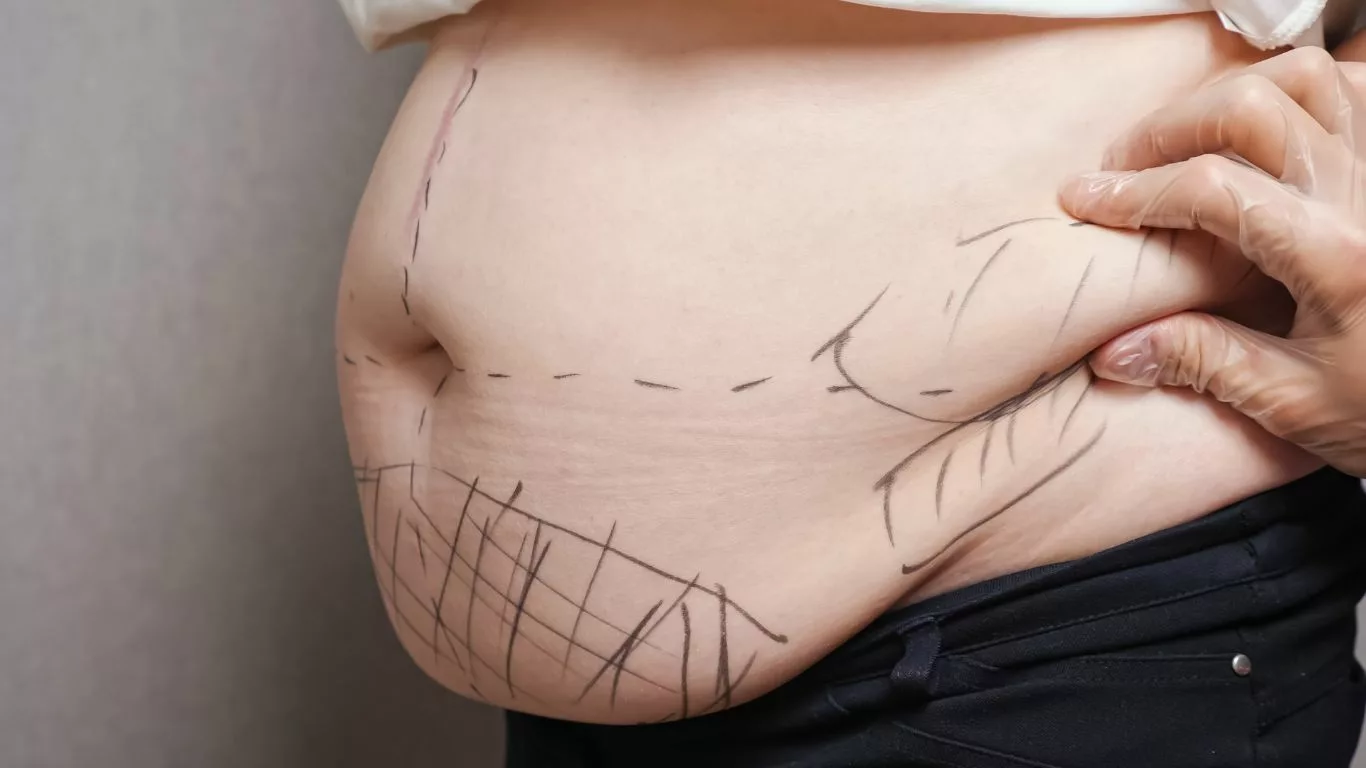
Understanding Liposuction
Liposuction is a cosmetic surgery procedure designed to target and remove localized fat deposits that are resistant to traditional weight loss methods like diet and exercise. It is considered minimally invasive, involving the use of suction techniques to extract excess fat from various areas of the body, including the abdomen, thighs, hips, arms, and more. By selectively removing fat cells, liposuction aims to sculpt and reshape body contours, offering patients a slimmer and more toned appearance.
Benefits of Liposuction
The primary benefits of liposuction are manifold, significantly enhancing body proportions and improving silhouette definition. For individuals struggling with stubborn fat pockets that do not respond to lifestyle changes, liposuction provides an effective solution to achieve smoother and more contoured body lines. Beyond physical appearance, many patients report experiencing heightened self-confidence and improved body image following the procedure.
Risks and Considerations
While liposuction is generally considered safe when performed by a qualified plastic surgeon, it is not without risks. Potential complications include infection, uneven contours, fluid accumulation (seroma), and changes in skin sensation. To minimize these risks, thorough pre-operative medical evaluations are essential to assess candidacy and ensure overall health suitability. Additionally, adherence to post-operative care instructions, such as wearing compression garments and following prescribed activity restrictions, plays a crucial role in optimizing recovery outcomes and reducing the likelihood of complications.

Exploring Tummy Tuck (Abdominoplasty)
Tummy tuck surgery, also known as abdominoplasty, is a surgical procedure designed to reshape and enhance the appearance of the abdomen. It involves the removal of excess skin and fat from the abdominal area while tightening the underlying muscles. This procedure is particularly sought after by individuals who have experienced significant weight loss, pregnancy, or aging, which can lead to stretched abdominal muscles and loose, sagging skin that diet and exercise alone may not fully address.
Benefits of Tummy Tuck
The benefits of tummy tuck procedures are multifaceted and transformative. By removing excess skin and fat, the abdomen is flattened and contoured, resulting in a more streamlined appearance. This elimination of surplus tissue can also reduce or eliminate the appearance of stretch marks and other skin imperfections, enhancing both aesthetic appeal and self-confidence. Moreover, tummy tucks involve tightening the abdominal muscles, which may have become weakened or separated (a condition known as diastasis recti) due to factors like pregnancy or significant weight fluctuations. This muscle tightening not only contributes to a firmer and more toned midsection but also supports better posture and core strength.
Risks and Considerations
While tummy tuck surgery offers substantial benefits, it is not without risks. Complications can include issues related to wound healing, such as infection or delayed healing, as well as the accumulation of fluid under the skin (seroma) or around the lungs (pneumothorax). Changes in skin sensation, such as numbness or hypersensitivity, may also occur, though these are often temporary. Proper pre-operative preparation is essential to minimize these risks, and following post-surgery guidelines diligently is crucial for achieving optimal outcomes. Patients are typically advised to refrain from strenuous activities during the initial recovery period and to wear compression garments as directed to support healing and reduce swelling.
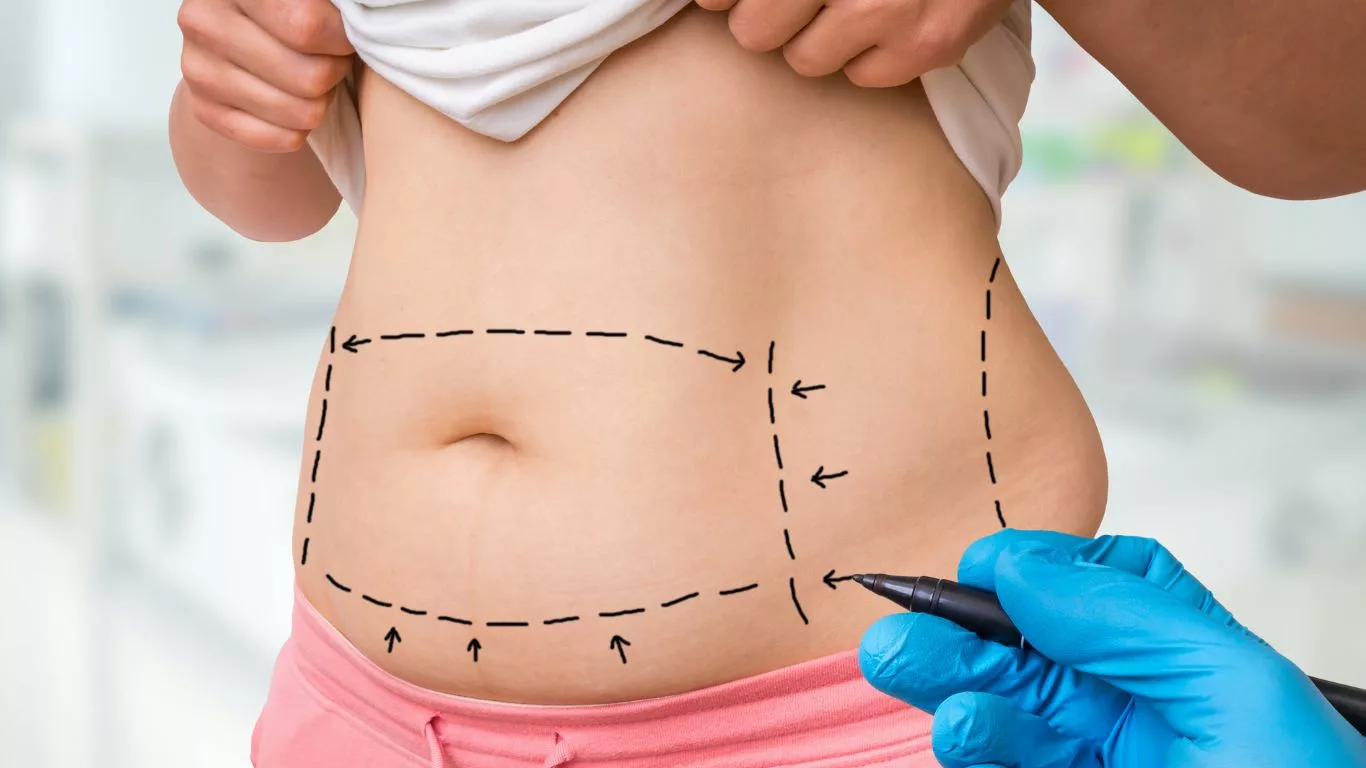
Choosing Between Liposuction and Tummy Tuck
The decision between liposuction and tummy tuck surgery hinges on several factors that include individual aesthetic goals, anatomical considerations, and the specific areas of concern. Liposuction is ideally suited for individuals looking to address localized fat deposits that are resistant to diet and exercise. Common treatment areas include the abdomen, thighs, hips, buttocks, and arms. This procedure involves the insertion of a thin tube (cannula) through small incisions to suction out excess fat, sculpting the body to achieve a more contoured appearance.
On the other hand, a tummy tuck, or abdominoplasty, is recommended for individuals with concerns primarily related to excess abdominal skin and muscle laxity. This procedure not only removes excess skin and fat but also tightens weakened or separated abdominal muscles, resulting in a firmer and flatter abdomen. Tummy tucks are particularly popular among women post-pregnancy or individuals who have undergone significant weight loss.
Consulting with a board-certified plastic surgeon is crucial to determine the most appropriate procedure or combination thereof based on individual anatomy and desired outcomes. During the consultation, the surgeon will assess factors such as skin elasticity, muscle tone, and overall body contour to formulate a personalized surgical plan that aligns with the patient’s aesthetic goals.
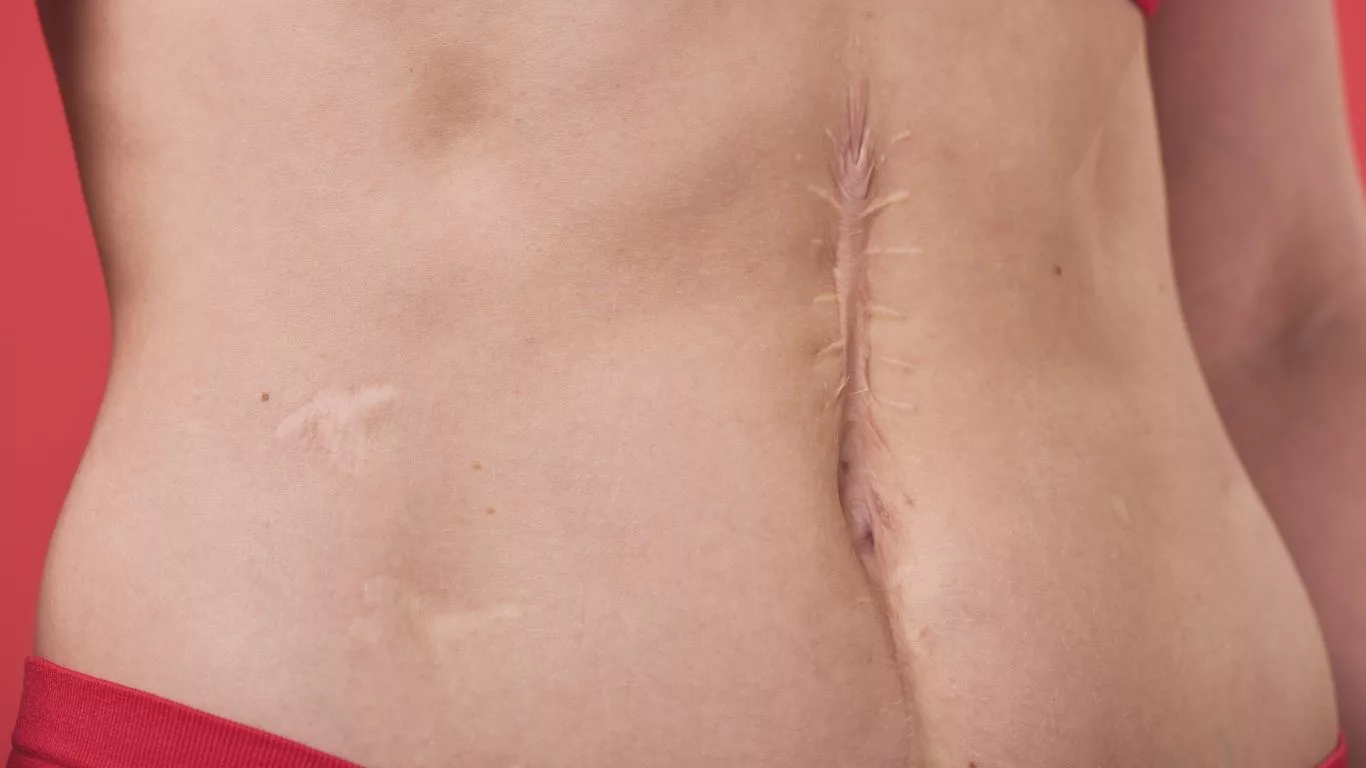
Recovery and Post-Operative Care
Both liposuction and tummy tuck surgeries necessitate a structured recovery period and diligent post-operative care to ensure optimal healing and cosmetic outcomes. Patients are advised to adhere strictly to the surgeon’s instructions, which typically include:
- Rest: Adequate rest is essential to facilitate healing and minimize post-operative complications. Patients should avoid strenuous activities and adhere to recommended periods of rest as prescribed by their surgeon.
- Wound Care: Proper wound care is critical to prevent infections and promote healing. Patients will receive instructions on how to clean and care for surgical incisions, as well as when to schedule follow-up appointments for monitoring.
- Compression Garment Usage: Compression garments help reduce swelling, support the surgical area, and aid in shaping the body contours. Patients are typically instructed to wear compression garments as directed by their surgeon to optimize results.
- Activity Restrictions: Specific guidelines regarding physical activities and movements will be provided to avoid strain on the surgical site. Patients should refrain from lifting heavy objects, bending excessively, or engaging in vigorous exercise until cleared by their surgeon.
- Medication and Follow-Up: Patients will be prescribed pain medications and antibiotics as needed to manage discomfort and prevent infections. It is crucial to attend all scheduled follow-up appointments to monitor progress, address any concerns, and ensure a smooth recovery process.
By following these recovery guidelines and maintaining open communication with their plastic surgeon, patients can maximize the benefits of liposuction or tummy tuck surgery while minimizing potential risks and complications. Each individual’s recovery experience may vary, and adherence to post-operative care instructions plays a pivotal role in achieving satisfactory outcomes.
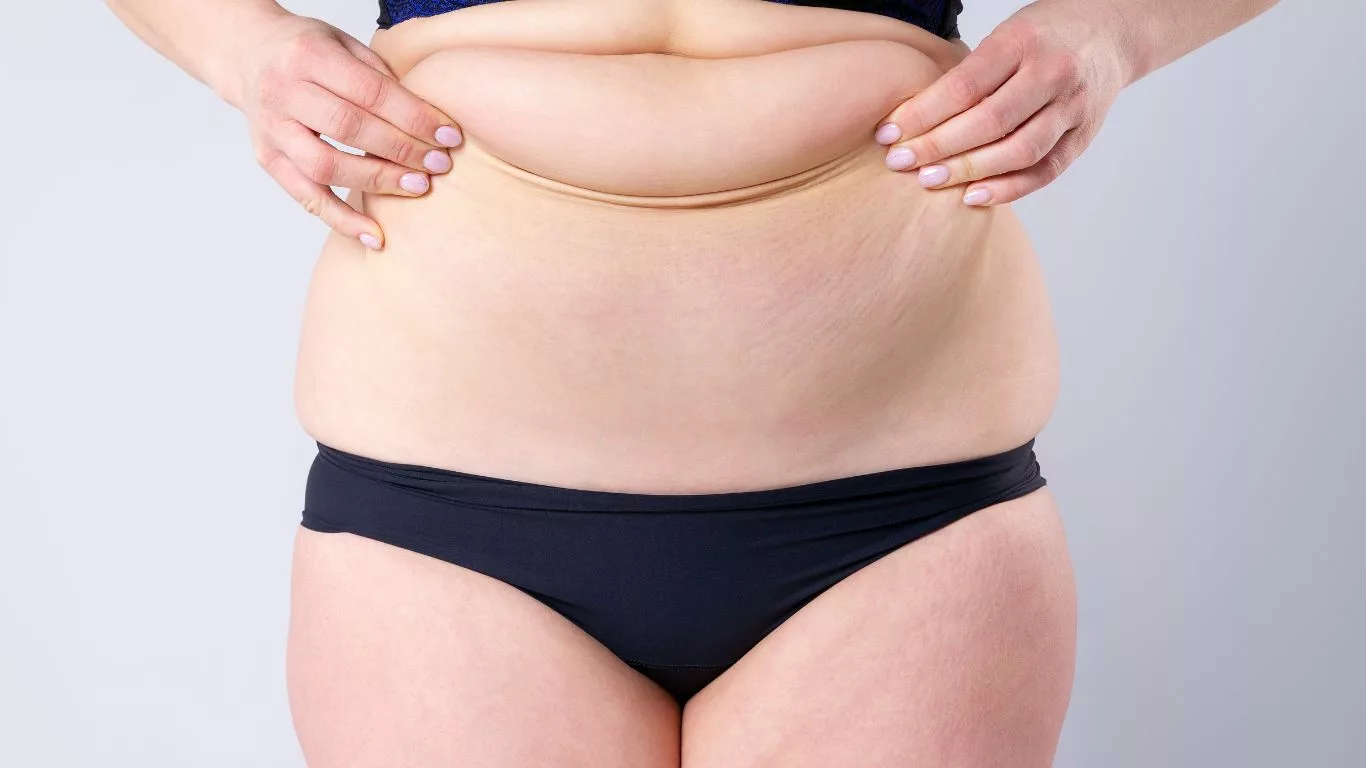
Conclusion
Liposuction and tummy tuck surgeries offer effective solutions for reshaping body contours and achieving aesthetic goals. Understanding the nuances of each procedure, including benefits, risks, and recovery expectations, empowers individuals to make informed decisions about pursuing cosmetic enhancement through surgical intervention.
Appendices
References
For further exploration of liposuction and tummy tuck procedures, consider reviewing the following references:
- American Society of Plastic Surgeons (ASPS). Liposuction Overview. Retrieved from [link]
- International Society of Aesthetic Plastic Surgery (ISAPS). Abdominoplasty (Tummy Tuck). Retrieved from [link]
- Mayo Clinic. Cosmetic Surgery. Retrieved from [link]
FAQs
Here are some frequently asked questions about liposuction and tummy tuck procedures:
- Which procedure is suitable for targeting stubborn belly fat? Liposuction is specifically designed to remove localized fat deposits, making it ideal for targeting stubborn belly fat.
- Can these procedures be combined? Yes, liposuction and tummy tuck can be performed together to achieve comprehensive body contouring results, addressing both excess fat and skin laxity.
- How long does recovery typically take? Recovery times vary but generally range from a few weeks to several months, depending on the extent of surgery and individual healing capacity.
Related Table
Here’s a summary table of key differences between liposuction and tummy tuck procedures:
| Aspect | Liposuction | Tummy Tuck |
|---|---|---|
| Target | Localized fat deposits | Excess abdominal skin and fat, muscle tightening |
| Procedure Type | Minimally invasive | Surgical |
| Primary Benefit | Body contouring, fat reduction | Abdominal flattening, muscle tightening |
Disclaimer: The information provided in this article is for educational and informational purposes only. It is not intended to be a substitute for professional medical advice, diagnosis, or treatment. Always seek the advice of your physician or other qualified health provider with any questions you may have regarding a medical condition.

Camellia Wulansari is a dedicated Medical Assistant at a local clinic and a passionate health writer at Healthusias.com. With years of hands-on experience in patient care and a deep interest in preventive medicine, she bridges the gap between clinical knowledge and accessible health information. Camellia specializes in writing about digestive health, chronic conditions like GERD and hypertension, respiratory issues, and autoimmune diseases, aiming to empower readers with practical, easy-to-understand insights. When she’s not assisting patients or writing, you’ll find her enjoying quiet mornings with coffee and a medical journal in hand—or jamming to her favorite metal band, Lamb of God.
